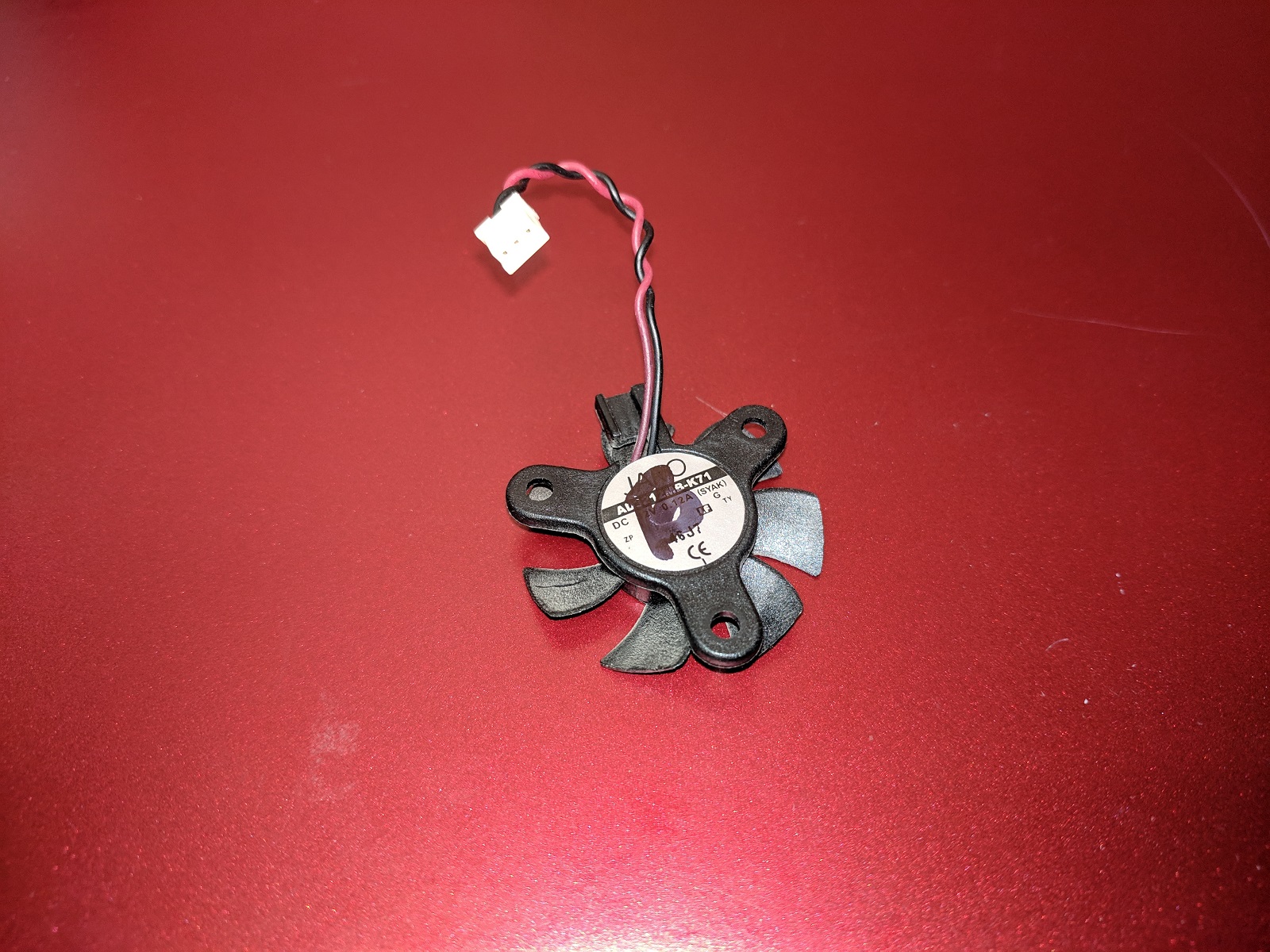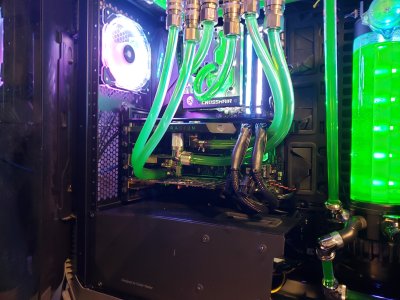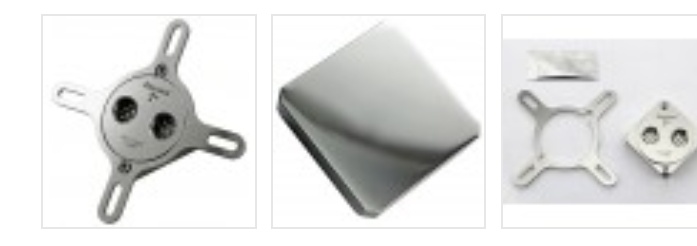catogtp
[H]ard|Gawd
- Joined
- May 28, 2007
- Messages
- 1,235
I have these cards all over the place in my datacenter, Synology, servers etc. These cards eat fans, period. I was lucky to find a distributor who sells the heatsink/fan combo(the heatsink is the fan shroud/housing so you can't just swap to a better fan without some engineering). I had a Synology drop off the network this morning at 4AM, rebooted it and it was fine for about 4 hours, then it dropped again. I knew it was the fan, so I just replaced the card with an entirely new one and brought back the bad one with me. The bearings are shot in this puppy. Rattles so hard you can feel it in the chassis.
Enough of my rant, any of you guys experience the same thing and found a better solution? I know the cards used to just have a big heatsink on them but they must have had thermal issues and replaced it with this cheap ass fan and heatsink combo.

Enough of my rant, any of you guys experience the same thing and found a better solution? I know the cards used to just have a big heatsink on them but they must have had thermal issues and replaced it with this cheap ass fan and heatsink combo.

![[H]ard|Forum](/styles/hardforum/xenforo/logo_dark.png)


